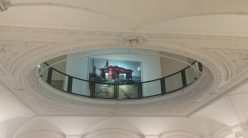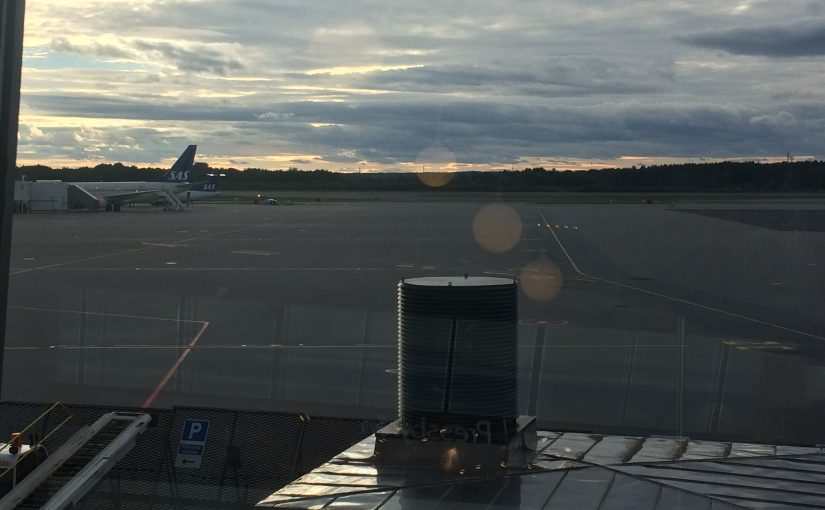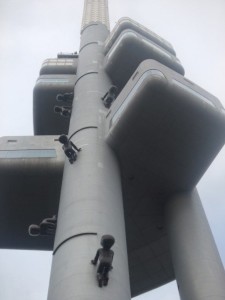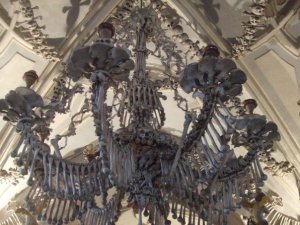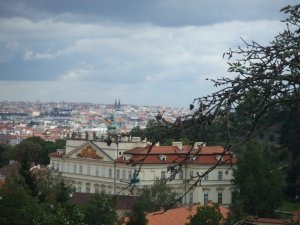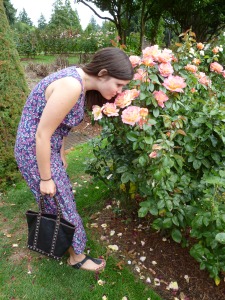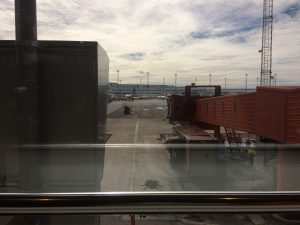
a terrestrial European purgatory,
the terminal encloses
our transient souls
airport air, static and stale—
yet mobile and mosaic in its own way
spiced by the respiration
of thousands of earth’s denizens
worldly forms internalize and effuse
the captive atmosphere
that’s outside the outskirts of Stockholm
the Earth is near, but
only through periodic intervals of glass slates
can I scale such a realm
humbly sized hills span the horizon
covered by conical Scandinavian spruces
pointing towards the billowy clouds—
landscape that backdrops a Lufthansa aircraft
its wheels roll across the black tarmac
the winged carriage designed
to transcend mortal beings
towards the heavens above
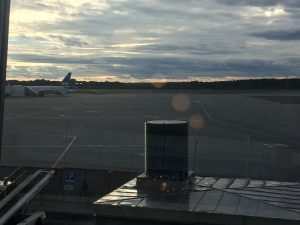
the layover void entails
indoor insularity arrests the experience
the Swedish landscape, untouchable
the Stockholm cityscape, unperceivable
so describes my brief survey of the area
the only kind I truly know
I entered what’s technically Sweden
with but a smattering of regional knowledge
my first flight’s carrier screened Scandinavian factoids
the most memorable slice of the montage
informed me that Celsius was a Swede
I absorb minute observations
of my short-lived, transient sojourn
conscious that most in-transit concerns float
within the vacuum of myopia
removed from the comfort zone
of my home country’s currency
I calculate equations of divine banality
given variables: products and exchange rates
duty free: alcohols for sale, for outside EU borders
Euro accepted: after a Euro fee, crown trade encouraged
authorities from the material world
still control materialism’s realizations
in the hub of purgatory
I thus avoid acquiring additional matter
to my accompanying earthly possessions
packed into the parameters
of the airline’s weight and dimensional limits
American, I appreciate the English inscriptions
printed on café menu selections
continental reminders spot my surroundings
European English: A “Favourites” sign indicates sandwiches
European beer: A Staropramen bottle glows emerald
European water: An umlaut dots the o
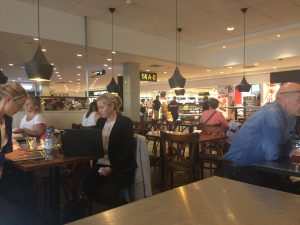
a dialectal smorgasbord
simmers within the airport café
stews of words spiced with “mit” and “und”
hint of Germanic ingredients
“s kockou!” three nearby Slavs remark
about domesticated bestial entities
that enhance our planetary existence
I wait as I watch
a slew of summoned souls
queue up
to pass beyond gate 14-b
slowly they migrate
towards their aerial carriage to elsewhere
I sit waiting in anticipation
for my turn to come
I monitor the nearby monitor
which has yet to announce the gate,
my threshold of liberation
to advance to the next level
another world awaits beyond purgatory
my turn will come
